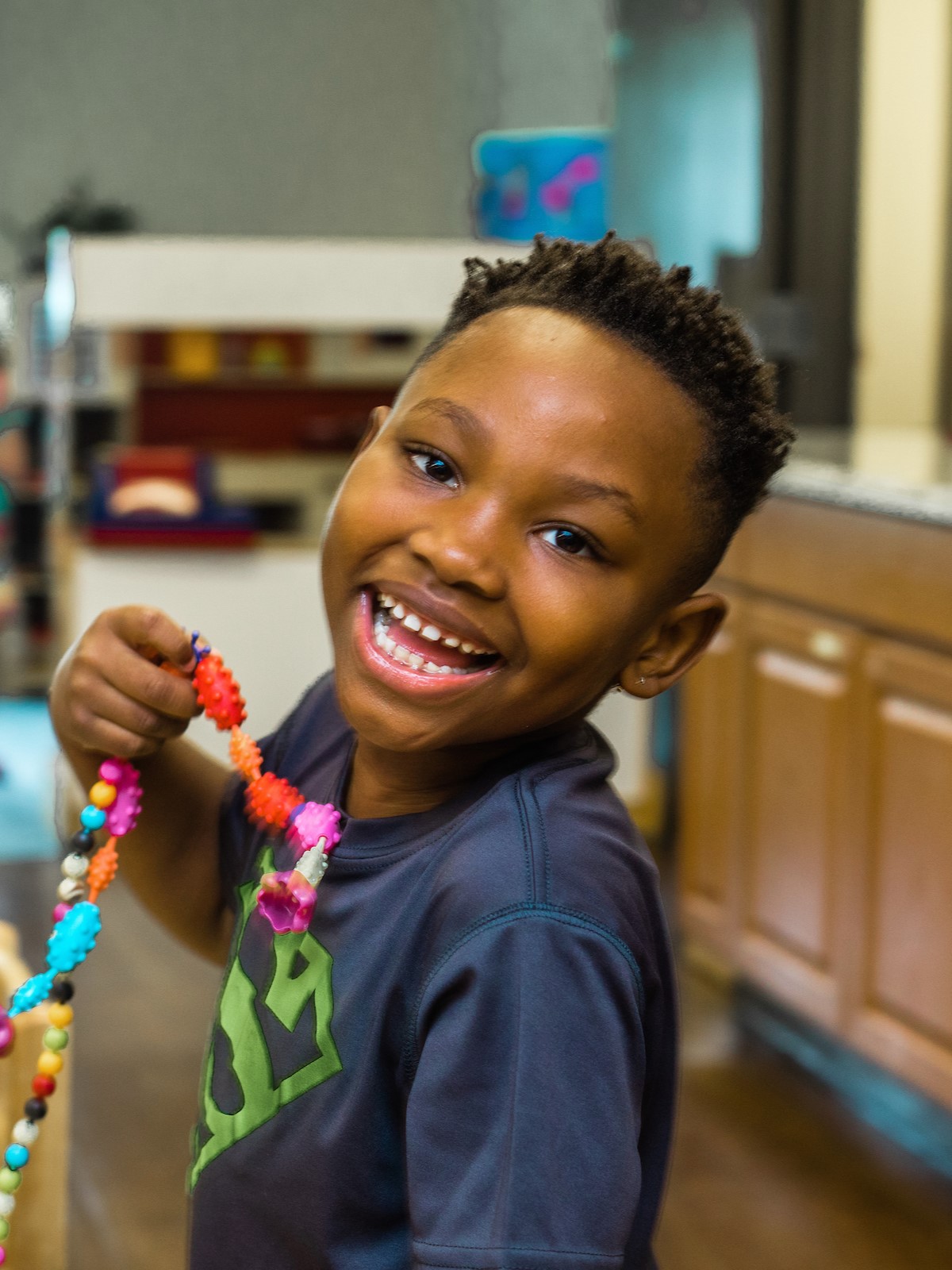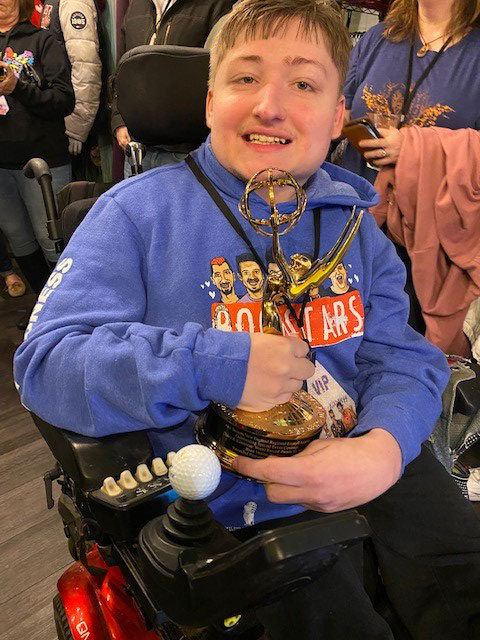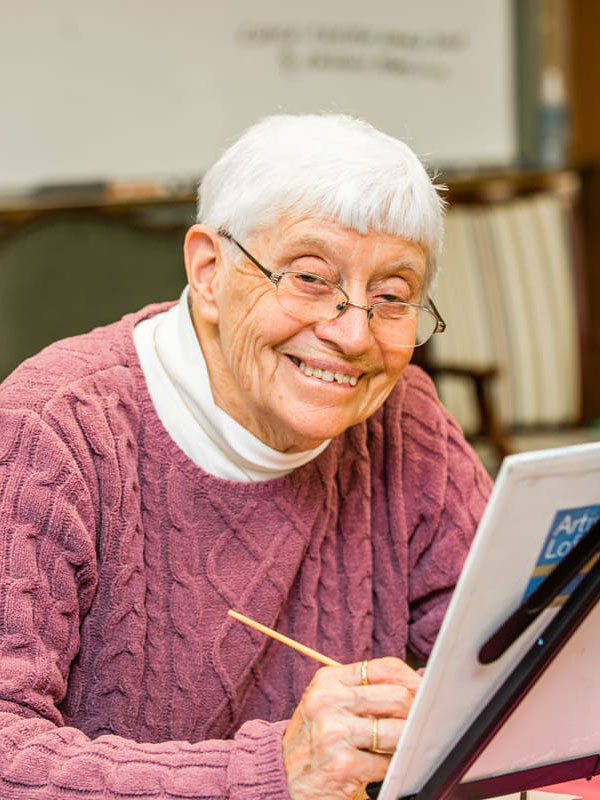Easterseals New Hampshire opened its doors in 1936 as the NH Society for Crippled Children under the leadership of NH’s first orthopedic surgeon Ezra Jones and Crotched Mountain founder Harry Gregg. At that time, the organization provided services to children out of a small office in Nashua, NH.
Since then, Easterseals NH has expanded to include services for all ages and abilities. We offer programs that support children, adults, seniors, and veterans. Our community of care is welcoming, inclusive, and person-centered. We have the clinical expertise to manage the most complex physical, behavioral, and medical diagnoses. When you put those two things together – care and clinical excellence – you get a combination only found at Easterseals NH.
Easterseals NH services include :
- Early Childhood Services
- Residential & Educational Services
- Transportation Services
- Camps and Recreation
- Community-Based Services
- Workforce Development
- Veterans Count
- Senior Services
- Substance Use Treatment
- Supportive Housing
- Information & Referral Services
Services & Resources

Together, we are building a strong and unified community of care that creates opportunities and offers equitable access to services for thousands of individuals and families.


